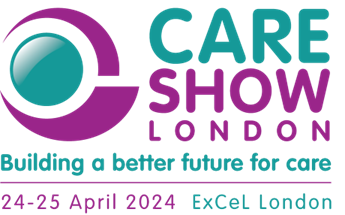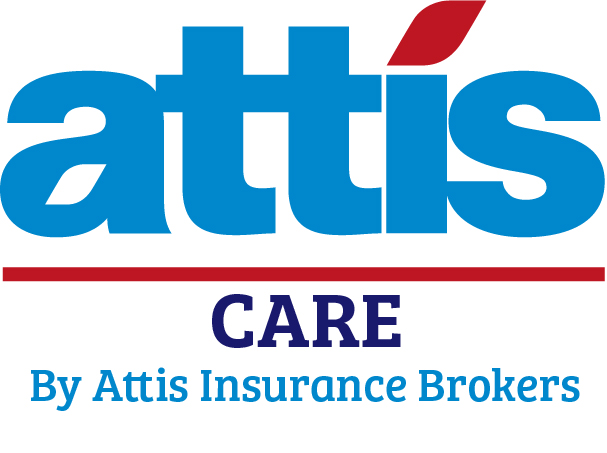New CQC Framework
Welcome to our comprehensive resource hub dedicated to the newly introduced CQC Single Assessment Framework. Whether you’re a healthcare professional, a caregiver, or someone seeking care services, this platform is your go-to source for essential information, practical resources, and expert tips on navigating the intricacies of the framework.
We aim to simplify the process of understanding and implementing the CQC Single Assessment Framework, empowering you to ensure the highest standards of care delivery and compliance. Explore our rich collection of guides, tools, and top tips to stay ahead in this dynamic healthcare landscape. Your journey towards achieving excellence in care begins here.
Click below to download and see inspection reports under the new SAF
Key Questions and Quality Statements
Here are five guides for each area of the CQC framework which look at the Key Questions and Quality Statements. We’ve put each guide together to include the related regulations (the regulations are what matter!) as well as expectations (we statements) and the I statements.
Click on the buttons below to get your copies.
Help to get prepared!
We understand that the preparation for inspections is a common concern. That’s why we’ve taken the initiative to address this challenge by developing a set of user-friendly gap analysis tools. These tools are designed to assist you in meticulously logging evidence against the quality statements outlined in the CQC Single Assessment Framework, helping you to identify areas that may require improvement. Our goal is to make the inspection process more manageable and transparent, equipping you with the resources you need to ensure compliance and excellence in care provision. Streamline your preparations and boost your confidence in the face of inspections with our practical solutions.
Click below to download your free copies of these tools.
FAQs
When will the new framework come into effect?
The new framework will be rolled out starting in November 2023 in the South network and gradually extended to other geographical networks (including London and the rest of England) by March 2024. The CQC will notify each provider when it’s their time to transition to the new portal, so ensure that your organisation’s contact details are up to date. The existing regulatory approach will continue in areas where the single assessment framework has not yet been implemented.
When is the new provider portal going live?
The new provider portal will be introduced and progressively implemented starting in August 2023, with a full rollout expected by March 2024. In August, 230 providers will receive invitations to join the portal, with additional invitations sent out in September.
Will the CQC publish a hierarchy of evidence so providers.
All the CQC Evidence Categories are equally weighted and this was an important element when these were being devised. The CQC will be exploring whether any other evidence supports the evidence to triangulate the process and all these will go through their quality assurance programme. There will be certain quality statements in some sectors where it might be that how the evidence is scored to give the quality statement score, may be counter intuitive such as data vs what people’s experiences are like and in these situations a moderation team will review the data and evidence and be clear with the reason for having taken that moderation step and adjusting the score.
If we are a provider operating under the regulation of providing personal care, but we are homecare service/supporting housing service, which set of guidance will apply to the evidence categories.
This would be the homecare guidance. The level that the CQC rate and report services is changing, for example a provider who provides domiciliary care and a care home in the same location at the moment is inspection and given one rating which the CQC realised doesn’t do a service any justice and going forwards homecare and care homes are going to be separately rateable entities in the new approach.
Will the KLOEs and prompts remain in place?
Ratings such as Outstanding, Good, Requires Improvement, and Inadequate, as well as the five key questions (Safe, Effective, Caring, Responsive, and Well-led), will still be utilised. However, the key lines of enquiry (KLOEs), prompts, and ratings characteristics will be substituted with quality statements that focus on specific topic areas under each key question.
Will the CQC highlight which quality statements replace which KLOEs?
The CQC haven’t pulled this together although are welcoming feedback. It is hoped the new approach it prevents some of the duplication that the KLOEs bought with them and that the quality statements splits out easily the difference of each key question. There are new ones such as workforce wellbeing, environment and sustainability.
Will the CQC make a downloadable PDF all the details now present on the website to make it easier for providers?
There is currently an option to download one page or a whole set as a PDF on the CQC website. It is important to remember guidance is updated, so you should check the CQC website for the latest and up to date guidance.
How does the Provider Information Return (PIR) align with the new portal?
The CQC emphasises the importance of the PIR as a key element of their information gathering process. The new portal streamlines the data collection process from various sources and stakeholders, including care providers, NHS England, and Local Authorities. The goal is to eliminate the need for the lengthier PIR form in the future. Providers will also have access to this information to offer a more real-time view of their performance, aiding in determining the inspection outcome.
Who will the new framework apply to?
The CQC’s new assessment framework will be applicable to providers, local authorities, and integrated care systems.
How will this impact my CQC rating?
Each aspect of the new assessment methodology may lead to changes in your rating. The CQC aims to update the information they hold about a service, including all required quality statements and evidence categories, within a two-year timeframe.
What can we expect from inspections?
While inspections will remain a vital part of CQC assessments, the new regulatory model indicates that the CQC will conduct an ongoing assessment of quality and risk. This means that inspections will not be the sole method of assessing your service. The CQC will collect evidence from six categories, including people’s experiences with health and care services, feedback from staff and leaders, input from partners, observations, processes, and outcomes, to make informed decisions about your service.
If a certain evidence category does not fall under a quality statement, does that mean that type of evidence will never be considered or is there a chance it might be?
The CQC wont routinely look at that evidence at the moment, but they have said they are learning from their new approach and if they find in practice a particular evidence category is routinely needed during inspections, they will change that in the future. They will ensure they communicate changes to the assessment framework as they roll this out so providers have a chance to be prepared.
There isn’t outcomes for some services, especially in social care. Why is this?
Where there is consistent and national data sets such as mortality rates, admission to hosptial, vaccination data, this is what we are feeding into the outcomes. In social care, where national data sets aren’t currently in place the CQC will prioritise people’s feedback with care, satisfaction rates etc. If providers feel like they have other forms of outcomes, that is welcomed.
Will the CQC prioritise certain quality statements.
The CQC have given thought to their assessments that they are not following the risk and responding to information of concern, but that they are able to proactively assess all providers on a regular basis to ensure they are capturing where services are improving too, and not just concerns with quality. They will be prioritising some of the quality statements (as a minimum scope for a routine assessment) over a period of one or two years and this will be tailored to different services. Inspectors and assessors will be able to widen out the scope of an assessment. The CQC will publish providers know what those priority statements are once they have confirmed them.
When will there be more information from the CQC about environmental sustainability?
The evidence categories have been released and in the coming weeks, the detail will be worked out for each for the quality statements for each service type based on national standards, best practice and guidance (sector and non-sector related)
How do the ‘I Statements’ fit with the quality statements?
The ‘I Statements’ are mapped to the quality statements to help build out the standards expected by the regulator. The CQC have said there is more work to do as they embed in the new model to understand people’s experiences and going forward they will have a strong role in helping both the CQC and the provider understand what people expect. The CQC have said they are set at North and the quality statements are the compass and there will be an expectation of how providers meet these. The CQC are looking at ‘I Statements’ for Well-Led.
Are there any resources for staff to help them understand the new framework?
The CQC have stated that the core guidance should help people to understand but open to produce supporting resources (booklets, videos) and welcome feedback on the types of resources providers find useful.
What constitutes scores of 1-4?
The CQC have some detail published on their website which sets out the four point scale they are going to use and the high level description of each score. It is very much about what the evidence tells the inspector about the services performance. The CQC are open to suggestions about if guidance is needed and would be helpful to providers. The framework is benchmarked at ‘Good’, so not meeting these would be ‘requires improvement’ or ‘inadequate’ and for ‘outstanding’, providers need to be creative and innovative.
Will the CQC provide some practical examples for each quality statement?
The CQC have stated that they will not be prescriptive and are not changing the amount of evidence that is needed but making it clearer and more transparent with their new model about what is needed. A checklist would not drive innovation and person-centred care but become a tick box exercise to just meet an inspection.
What is the expectations of data collecting for inspections?
The CQC realise that under the new framework, this is only one way of them collecting evidence and are moving away from the rating being about a single point in time. It is no longer about coming on site and expecting to see lots of documents but gathering data from various sources. It may be that they collect data remotely, will request documents, undertake interviews, may talk to people who use the service or your teams, they may come on site and observe care but they will use evidence from third parties too.
The CQC are aware of vitaceous whistleblowing and reviews and in the new model they will also be collating other evidence to back these so they triangulate the review process.











